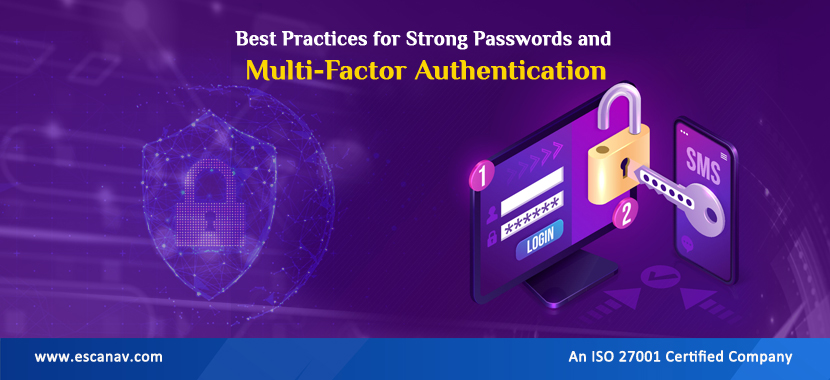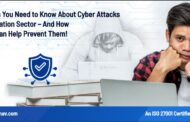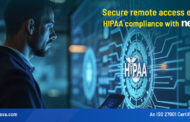It has long been assumed that passwords may soon become outdated in the fast-paced world of technology. Even so, we continue to see that leaked credentials are at the core of many cyberattacks. Using password security as a framework, this blog explores the most advanced technologies for managing passwords, and why strong passwords are imperative for digital security. Additionally, we’ll explore how cybercriminals steal personal credentials, the hidden networks where these ill-gotten gains are traded, and the defensive technologies that protect us.
Having said all that, why is this important? Cybercriminals target our financial and personal information when we use weak passwords. In this way, criminals gain access to valuable accounts by cleverly stealing personal credentials. A digital black market is also fuelled by underground networks where stolen credentials are bought and sold. Aside from understanding threats, it’s important for organizations to be familiar with the latest defensive technologies and strategies that can protect them from cyberattacks in the future.
How Threat Actors Access Credentials and Their Motivation
We are most often targeted by phishing campaigns and information thieves who use various techniques to access our credentials. During phishing campaigns, deceitful emails or messages pose as legitimate organizations or websites to trick individuals into divulging their login details. Unsuspecting users unknowingly share their sensitive information as part of this digital trick.
Meanwhile, information stealers are malicious programs that collect personal information, including usernames and passwords, from infected devices. In some cases, attackers use deceptive methods to penetrate systems, such as advertisements, where they impersonate legitimate software websites and embed malicious code into seemingly harmless downloads. The user does not know that an information stealer is being installed without their knowledge. It is also possible for attackers to exploit known device vulnerabilities to gain unauthorized access and manually install information stealers, further compromising personal information. It is essential for individuals and organizations to understand these tactics in today’s connected digital world in order to bolster their defences against evolving cyberthreats.
A darknet marketplace where individuals illegally trade stolen usernames and passwords, usually from compromised websites, can also be found on the darknet. This activity is motivated by the potential profit it offers for financially driven threat actors. A cybercriminal who obtains these credentials is in a position to access personal information, enabling him to commit various forms of online fraud, such as unauthorized purchases or identity theft.
Multifactor Authentication and Strong Passwords
As technology advances, such as machine learning and GPU cards, attackers are becoming more skilled at cracking passwords. Furthermore, it is equally important to use unique passwords. Despite having a strong password on one account, a breach on one platform can expose other accounts if they share the same credentials. Enhancing online security requires this combination of strength and distinctiveness.
Managing multiple strong and unique passwords can be overwhelming. In this case, a secure password manager comes in handy. By using a master password, it allows you to remember just one password, while generating, storing, and filling complex, unique passwords for every account you manage. Additionally, this simplifies the often daunting task of password management, ensuring your online presence remains safe.
As a non-negotiable necessity, multi-factor authentication (MFA) is also essential. Providing a powerful layer of defense against unauthorized access, it significantly enhances security. In addition, MFA can be used in conjunction with single sign-on (SSO) solutions to create a powerful security combination. An organization’s cybersecurity strategy can be enhanced by SSO because it streamlines user access while maintaining robust security standards. These two pillars provide an effective and efficient defense against the evolving threats of the digital world, ensuring the safety of data and systems in your organization.
Solutions for Improving Cyber Resiliency
The following are solutions and other considerations organizations should consider to strengthen their security posture.
Defending against malware deployment with eScan EDR systems is one of the most important aspects of cybersecurity. eScan Detection and Response Systems (EDR) play an important role in this process. As proactive gatekeepers, EDR systems keep an eye on your devices to prevent malware deployment. Keeping our sensitive data secure is essential to staying one step ahead of cybercriminals
Detecting Leaked Credentials with eScan DLP: An organization’s credentials being sold on underground forums is a pressing challenge. We can help here with eScan DLP services. Utilizing DLP services, organizations can proactively detect and respond to potential breaches, significantly reducing the risk of cyberattacks resulting from stolen credentials. In the ever-evolving landscape of digital threats, this proactive approach to cybersecurity poses a ray of hope, allowing organizations to protect sensitive data more effectively and remain one step ahead of cybercriminals.
The Need for Speed and Automation in Modern Cybersecurity: Data leaks and breaches can be detected in real-time with modern cybersecurity solutions that are based on advanced algorithms and threat intelligence. Monitoring network traffic, endpoints, and data flows continuously detects suspicious activity and compromised credentials. Security orchestration, automation, and response (SOAR) platforms automatically integrate with modern solutions once a potential data leak or credential compromise is detected. Specifically, SOAR platforms provide a single location for cybersecurity incident management, equipped with customized playbooks that describe automated responses to specific threats.







